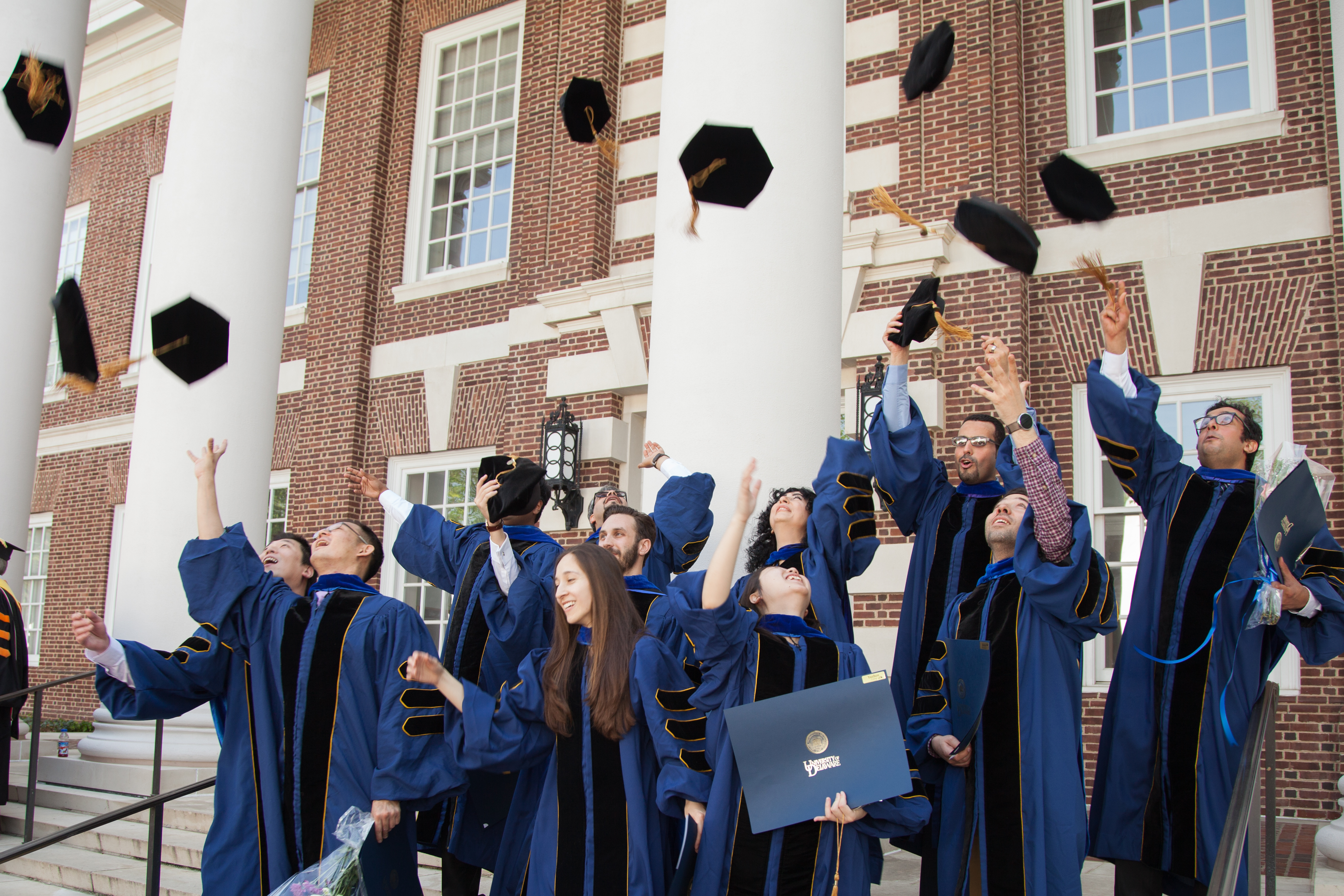
Spaceship Earth
Essay in 'Nature' identifies five important books on sustainability
10:29 a.m., Dec. 4, 2015--Five books published between 1964 and 1972 can be considered classic studies that first made sustainability the critical public issue it is today, the University of Delaware’s Adam Rome writes in a review essay in the Nov. 26 issue of the journal Nature.
Rome, who is the Unidel Helen Gouldner Chair for the Environment and a professor of history and English, wrote the essay for a special edition that Nature published in advance of the U.N. Climate Change Conference, which opened Nov. 30 in Paris.
Campus Stories
From graduates, faculty
Doctoral hooding
The journal presented what it called “a sobering lesson” about the largely unsuccessful efforts over the past 25 years to find agreement on a global climate treaty.
Rome’s essay, “Sustainability: The Launch of Spaceship Earth,” highlights five pioneering books he believes were particularly significant in bringing attention to environmental issues.
“Between roughly 1965 and 1975, the challenge of sustaining civilization inspired a shelf-full of influential books,” he writes. “They had a freshness, urgency and breadth that are hard to credit today, and they are still remarkably relevant. Now that sustainability as a concept has become dulled by overuse, they return our eyes to the prize.”
The books he discusses are The Meaning of the Twentieth Century: The Great Transition, by Kenneth E. Boulding (1964); Operating Manual for Spaceship Earth, by R. Buckminster Fuller (1969); The Closing Circle: Nature, Man and Technology, by Barry Commoner (1971); The Limits to Growth: A Report for the Club of Rome’s Project on the Predicament of Mankind (1971); and Only One Earth: The Care and Maintenance of a Small Planet, by Barbara Ward and René DuBos (1972).
All the authors were “big-picture, interdisciplinary thinkers par excellence,” Rome writes. They addressed the subject of how humanity could build a sustainable world by incorporating such fields as history, philosophy, biology, environmental science, systems analysis, politics, journalism and economics.
That multidimensional perspective is the key to sustainability, Rome says: “We cannot advance in a straight line. We need to approach the goal from many directions, with flexibility and tenacity.”
About Adam Rome
Rome studies the environmental history of the United States, teaches courses in environmental history and environmental nonfiction and is co-director of the College of Arts and Sciences’ environmental-humanities initiative.
He is the author of The Genius of Earth Day: How a 1970 Teach-In Unexpectedly Made the First Green Generation and The Bulldozer in the Countryside: Suburban Sprawl and the Rise of American Environmentalism.
From 2002 through 2005, he edited Environmental History, the leading journal in the field.
Article by Ann Manser
Photo by Evan Krape








